Understanding Betting Systems
Betting systems are structured methods players use to manage their wagers in games like roulette and blackjack. They aim to optimize gameplay and influence outcomes.
Definition and Purpose
Betting systems provide a strategic framework for placing bets. Their primary purpose is to maximize gains or minimize losses over time. Systems like the Martingale, Fibonacci, and Labouchère offer different approaches to adjusting bet sizes based on wins and losses. They introduce discipline by setting rules for when to increase or decrease stakes.
Risk Versus Reward
Betting systems balance potential rewards against inherent risks. High-risk systems, like the Martingale, involve escalating bets after losses to recover them quickly but risk substantial financial loss. Low-risk systems, like the D’Alembert, adjust bets conservatively offering sustainability and reduced risk of heavy losses. Evaluating personal tolerance for risk is essential when choosing a betting system to ensure alignment with financial goals and emotional comfort.
Popular Betting Systems for Roulette
Several betting systems exist for roulette, each with unique strategies to balance potential rewards and risks. Here are some of the most popular ones:
Martingale System
This high-risk system escalates bets after each loss. Losing $10 bets would lead to subsequent $20, $40, and $80 bets. The goal’s to recover previous losses with a single win. Caution’s needed due to the potential for significant financial loss.
Fibonacci System
This method follows the Fibonacci sequence (1, 1, 2, 3, 5, etc.). Bets increase according to the sequence after losses and decrease two steps after wins. If losing three rounds at $1, $1, and $2, the next bet’s $3. A win on $5 reduces to a $2 bet. It manages risk better than Martingale.
Labouchere System
Also known as the cancellation system, Labouchere requires a predetermined sequence of numbers. Bets equal the sum of the first and last numbers. Losing a $10 bet on a 1-2-3 sequence adds the loss to the end (1-2-3-10). A win cancels the numbers. It balances risk by customizing sequences.
Paroli System
This positive progression system increases bets after wins. Starting with $10, a win leads to a $20 bet. Consecutive wins amplify returns while a loss reverts to the base bet. This system aims to capitalize on winning streaks and limits losses.
These systems guide gameplay to balance risks and potential rewards. Each has unique characteristics influencing their effectiveness based on individual risk tolerance and financial goals.
Popular Betting Systems for Blackjack
Blackjack players use various betting systems to enhance their odds. Effective strategies improve gameplay and potentially increase winnings.
Hi-Lo Card Counting
Hi-Lo is one of the simplest card counting systems. It assigns values to cards: +1 for 2-6, 0 for 7-9, and -1 for 10-Ace. I keep a running count, adjusting the count as cards are dealt. If the count is high, I increase my bets since more high cards remain in the deck.
Knock-Out (KO) System
The KO system is an unbalanced card counting method. It assigns values +1 to 2-7, 0 to 8-9, and -1 to 10-Ace. Unlike balanced systems, the count doesn’t return to zero after a full deck. I maintain a running count, adjusting my bets based on the count, increasing bets when the count is positive.
Omega II System
The Omega II system offers greater accuracy, using multiple values: +1 for 2, 3, 7, -1 for 9, and +2 for 4, 5, 6. Cards 10-Ace have values -2 and 8 is 0. I keep a balanced count and adjust my bets accordingly. This system requires more attention but provides better precision.
Wong Halves System
The Wong Halves system, a complex and balanced method, assigns half and whole values to cards. Cards 2, 7, Ace are +0.5, 3, 4, 6 are +1, 5 is +1.5, 9 is -0.5, and 10-Jack are -1. I maintain a running count with high precision and adjust my bets based on the count’s value.
Comparing Betting Systems for Roulette and Blackjack

Effective betting systems for roulette and blackjack differ in complexity, risk management, and profitability potential. Evaluating these factors helps determine the suitability of each system.
Complexity and Ease of Use
Roulette betting systems like the Martingale and Fibonacci offer varying complexity levels. For example, Martingale is straightforward: double the bet after every loss. Fibonacci involves using a number sequence for bets. Blackjack systems like Hi-Lo and Knock-Out require more effort. Counting cards involves tracking and assigning values to cards. The Hi-Lo system requires memorizing a single value for each card. In contrast, the Omega II system uses multiple values, increasing difficulty. Choose simpler systems if ease of use is important.
Risk Management
- Managing risk is crucial in both games.
- For roulette, the Labouchere system helps manage losses by adjusting bet sizes.
- Paroli aims to capitalize on winning streaks by increasing bets after wins.
- In blackjack, card counting systems inherently manage risk by informing bet sizes based on remaining high-value cards.
- Hi-Lo provides a balanced approach, while Wong Halves offers more precision at a higher complexity.
- Select systems based on risk tolerance and desired control over bets.
Profitability Potential
- Profit potential varies across systems.
- In roulette, the Martingale system offers high short-term gains but carries a significant risk of large losses.
- Paroli’s profit relies on extending winning streaks. Fibonacci balances wins and losses, potentially leading to moderate gains.
- Blackjack systems generally offer higher long-term profitability.
- Hi-Lo remains popular due to its effective balance of risk and reward.
- Advanced systems like Omega II can increase gains with precise application.
- Analyze your goals and use systems aligning with your desired outcomes.
These comparisons between betting systems provide insights into each method’s strengths and considerations. Making informed choices can enhance your gaming experience.
Tips for Successful Betting
Effective betting requires well-thought-out strategies. Here are key pointers to refine your approach.
Bankroll Management
Managing your bankroll is crucial for long-term success. Allocate a specific budget for each betting session and stick to it. Break your total bankroll into smaller units; for example, if you have $500, divide it into 50 units of $10 each. This helps in controlling losses and extending playtime. Ensure no individual bet exceeds a predefined percentage, ideally between 1-5%, of your total bankroll to minimize risks.
Setting Limits
Setting limits ensures disciplined betting. Define your win and loss thresholds before starting a session. For instance, quit if you win 20% of your bankroll or lose 10%. These limits prevent emotional decisions. Stick to your limits regardless of ongoing streaks to maintain control and avoid significant losses.
Continuous Learning
Continuous learning improves betting efficacy. Study game rules, strategies, and betting systems regularly. Engage in forums, read expert analyses, and practice with free online versions of roulette and blackjack. The knowledge acquired enhances decision-making and adaptability in different betting scenarios, increasing your winning chances.





















































































































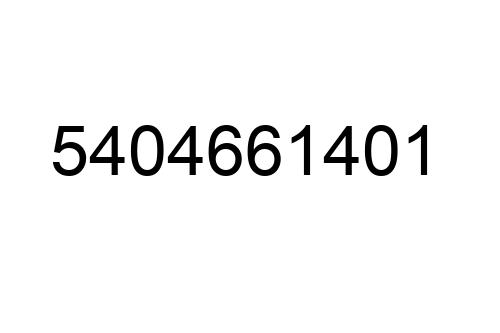
































































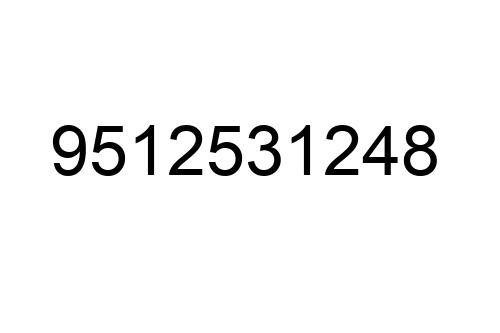




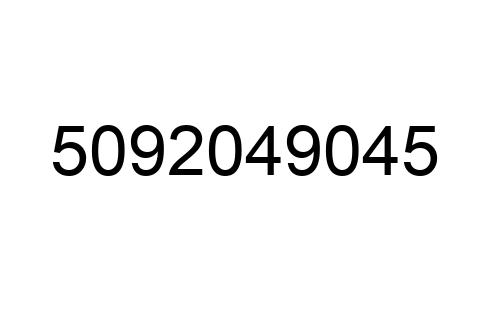






















































































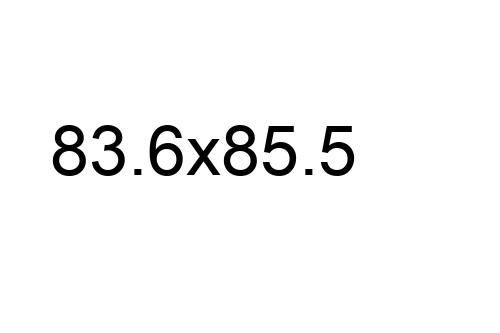
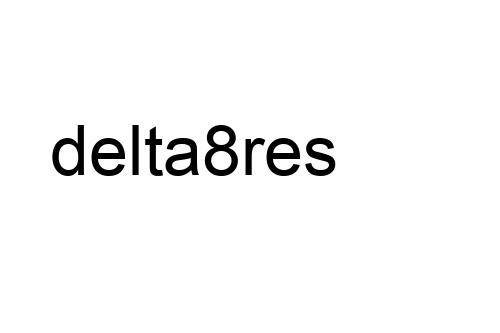





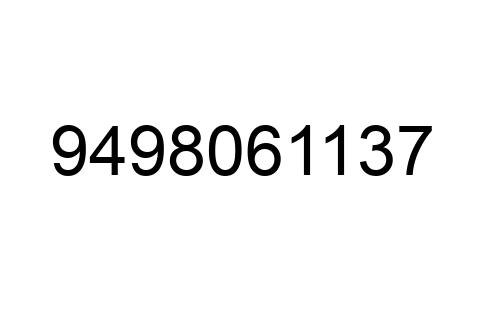























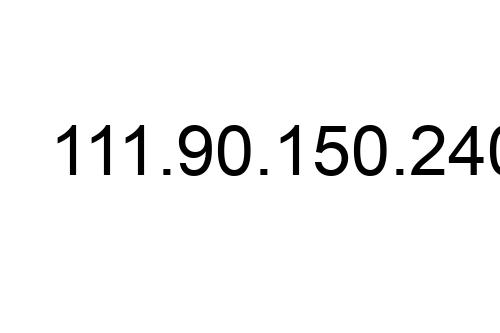

























































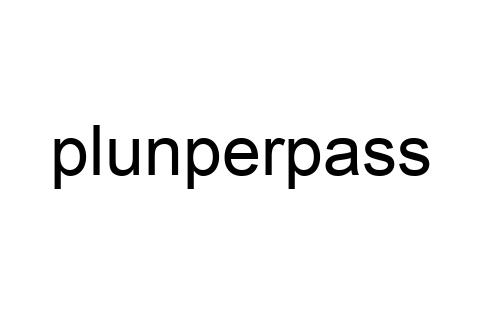



























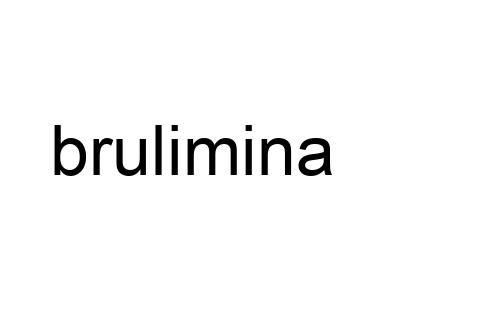










































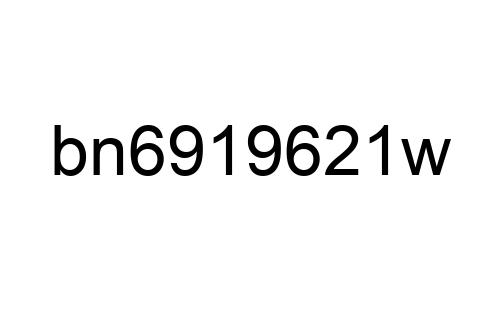















































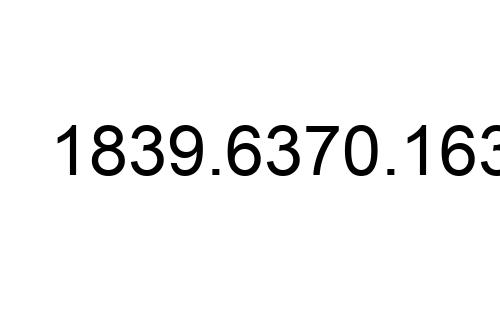











































































































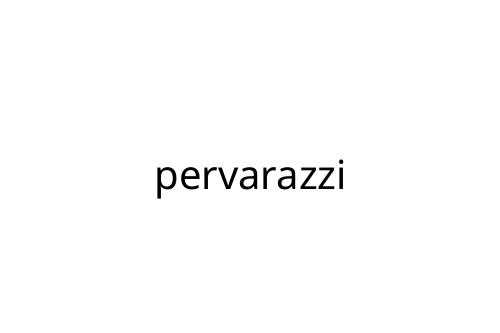






























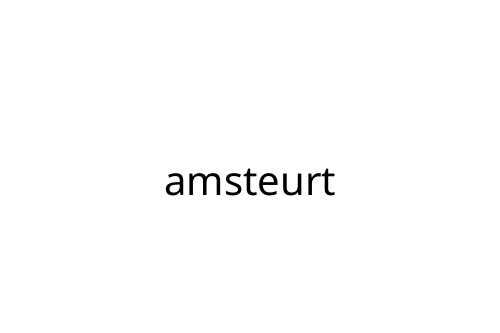








 Earlee Nelsonallers – Founder
Earlee Nelsonallers is the visionary founder of Smart Gamble Land, bringing over two decades of experience in the gambling industry. Passionate about strategy and innovation, Earlee has made it his mission to provide gamblers with advanced insights into winning techniques, effective betting systems, and casino game mastery. His deep understanding of gambling psychology has been the driving force behind the platform's success, making Smart Gamble Land a go-to resource for players seeking an edge. Earlee's dedication to educating and empowering gamblers sets the foundation for the platform's authoritative content.
Earlee Nelsonallers – Founder
Earlee Nelsonallers is the visionary founder of Smart Gamble Land, bringing over two decades of experience in the gambling industry. Passionate about strategy and innovation, Earlee has made it his mission to provide gamblers with advanced insights into winning techniques, effective betting systems, and casino game mastery. His deep understanding of gambling psychology has been the driving force behind the platform's success, making Smart Gamble Land a go-to resource for players seeking an edge. Earlee's dedication to educating and empowering gamblers sets the foundation for the platform's authoritative content.
